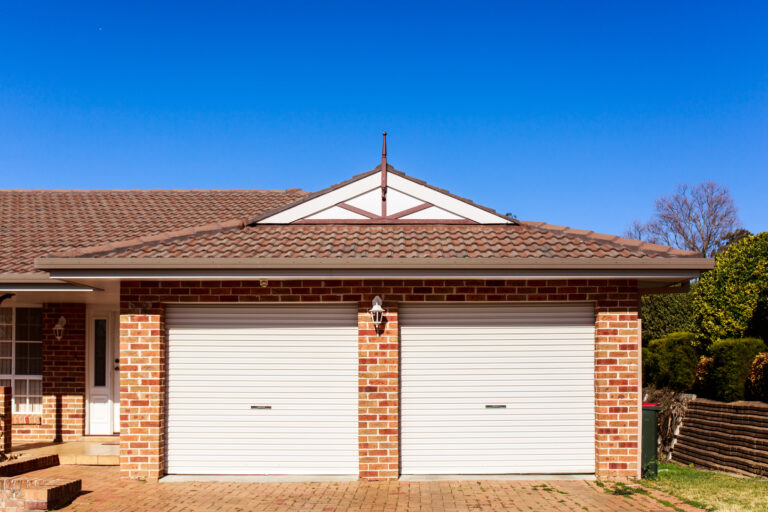Have you ever completed a drywall project, ready to paint, only to find the walls don’t look as perfect as you hoped? OnDemand Painters recognize the importance of drywall primer as a critical step in any painting project, ensuring your walls are properly prepared for painting.
Why Primer is Essential for New Drywall
Applying paint directly onto new drywall without primer often results in a patchy, uneven look. This is because new drywall absorbs paint, like a sponge, which can lead to poor coverage. A quality drywall primer provides a surface for the paint to stick to, improving the paint’s appearance and durability.
Using a primer is good for several reasons. It reduces the need for multiple coats of paint, helping to keep your project on budget. It also ensures that the paint colors on the wall matches what you selected, and it helps to smooth out small imperfections on the drywall surface, preparing it for painting.
Selecting the Right Drywall Primer
Choosing among the wide variety of primer options might seem daunting, but it’s essential to find the right product for your project. Here are some considerations to help simplify the process:
PVA Primers: The Go-To for Fresh Drywall
For new, untouched drywall, PVA primer is highly recommended. This type of primer is designed to effectively seal the porous surfaces of new drywall, ensuring that the paint sticks properly and doesn’t soak in excessively. It prepares the walls for painting, creating a smooth and receptive surface for the final paint application.
Drywall Primer-Sealers: Smoothing Things Over
For achieving exceptionally smooth walls, consider using a primer-sealer. These products are formulated to not only seal the wall surface but also to fill in small imperfections, resulting in a smooth finish that’s ready for painting. This makes it easier to achieve a professional-quality finish on your painted surface.
Specialized Drywall Primers: For That Extra Touch
For certain situations like dealing with glossy surfaces, areas exposed to moisture, or covering stains, specialized primers are necessary. Both oil-based and water-based options are available to address these specific needs. These types of primers are designed to tackle particular challenges, ensuring that the wall surface is not only painted but also protected from potential issues.
Preparing Your Walls for Primer
Before you unleash the primer, there’s a bit of prep work to be done. Here’s how to ensure your walls are primed for… well, priming:
- Before applying primer, it’s important to prepare your walls to ensure the primer and paint adhere properly. Here’s a straightforward approach to get your walls ready for priming:
- Clean Slate: Removing all dust, dirt, and grime from your walls is essential. A comprehensive cleaning is mandatory to create a suitable surface for the primer.
- Smooth Surface: Address any bumps or nicks in your walls by using joint compound and sandpaper. This step ensures that your walls are smooth and ready for the primer, much like preparing a surface for a protective layer.
- Dust Off: After sanding the walls, it’s crucial to remove every bit of dust. Achieving a dust-free surface is key to ensuring the primer adheres properly.
- Ensure Dryness: Your walls must be completely dry before applying primer. Any moisture on the walls can hinder the adhesion of the primer, leading to potential issues with your paint job.
- Protect Surfaces: Use tape and drop cloths to cover any areas or items that you do not want to be painted. This preparation step helps avoid accidental paint spills or splatters on your belongings or non-targeted areas.
Avoiding Common Mistakes:
Rushing the drying process or applying primer products unevenly can lead to issues like skin irritation from prolonged exposure or poor adhesion of the top coat.
Enhancing Indoor Air Quality with Primer
Indoor air quality is a concern for many, especially when it comes to painting and renovation. Choosing a primer that contributes to a healthier environment inside your home is always a great idea. Some primer products are designed to minimize skin irritation and other health risks by having low or no VOCs, which are volatile organic compounds that can give off fumes into your home.
Troubleshooting Common Primer Issues
Even with careful preparation and application, issues can arise. Here’s how to tackle them without starting over:
- Peeling or Bubbling Primer: This usually means moisture was trapped beneath the primer or the wall wasn’t clean. Sand the problem area lightly, clean thoroughly, and reapply the primer.
- Uneven Coverage: If you notice spots where the primer hasn’t covered well, a second coat in those areas can ensure a uniform base for your new paint.
- Primer Not Adhering: Make sure the wall is clean and dry. Sometimes, a different type of primer may be needed, especially if you’re painting over glossy surfaces.
Conclusion
Choosing and applying the right drywall primer is a foundational step in achieving professional-looking walls. With the right preparation, primer products, and application techniques, you’re setting the stage for a stunning painted surface that lasts. Remember, a little effort in the beginning saves a lot of time and trouble later, ensuring your new paint looks great with just one coat.
FAQs
How do I know if I need to prime my walls before painting?
If you’re working with bare drywall, changing from a dark to a light color, or dealing with stains, priming is a must.
Can primer be used to cover up bold paint colors?
Yes, a high-quality primer can effectively cover up bold colors, creating a neutral base for your new paint.
Is it necessary to sand between coats of primer?
Sanding between primer coats isn’t typically necessary, unless you’re aiming for an ultra-smooth finish.
How long should I wait after priming before painting?
Waiting for the primer to fully dry, usually 24 hours, is key before applying your topcoat.
Can I use exterior primer on interior walls?
While you can use exterior primer indoors, it’s best to use products designed for the specific conditions of your project for best results.



















